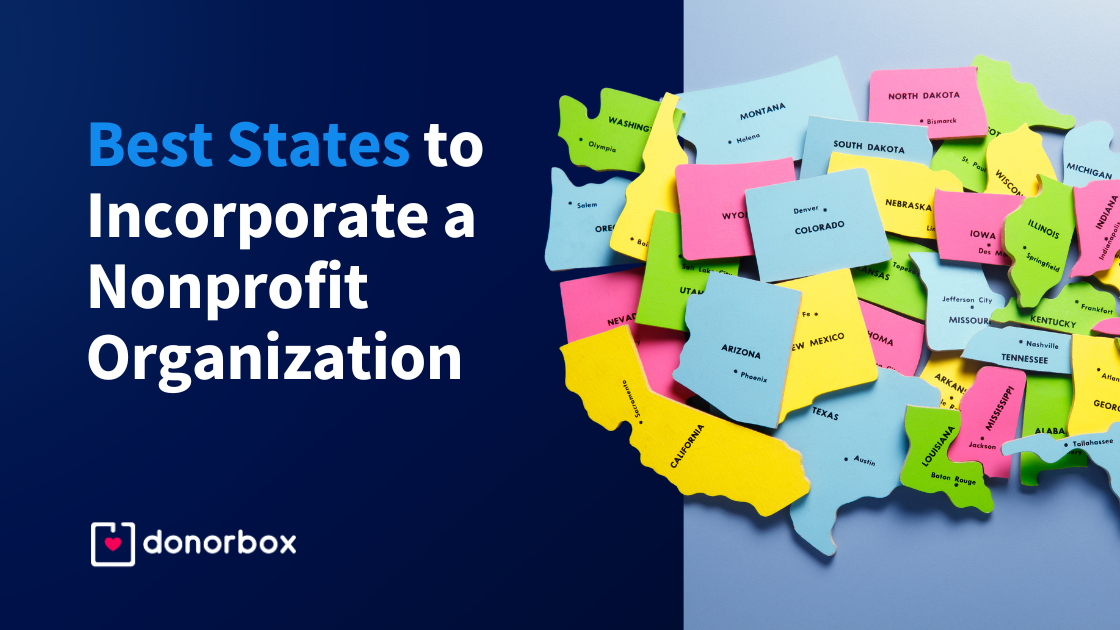Nonprofit Firm: Comprehensive Services to Assistance Charities and Organizations
Nonprofit Firm: Comprehensive Services to Assistance Charities and Organizations
Blog Article
The Significance of Cooperation and Collaboration for a Nonprofit Firm in Maximizing Resources and Enhancing Community Involvement
In the realm of not-for-profit companies, cooperation and partnership arise as important mechanisms for enhancing sources and cultivating community engagement. These partnerships not only enhance program effectiveness but likewise grow a deeper sense of community participation and ownership.
Benefits of Cooperation

Moreover, partnership cultivates technology by motivating the exchange of concepts and best techniques. When organizations interact, they can discover diverse viewpoints, bring about innovative options that might not arise alone. This common problem-solving strategy can inevitably enhance service distribution and program end results.
Additionally, collective efforts can enhance neighborhood interaction. When nonprofits partner with each other, they can activate more comprehensive assistance from stakeholders, consisting of volunteers, donors, and community participants. This cumulative interaction not just enhances presence but additionally strengthens the integrity of the participating organizations.
Building Strategic Collaborations
Partnership amongst not-for-profit firms frequently brings about the development of critical partnerships, which are important for making the most of influence and accomplishing shared goals. These collaborations enable companies to leverage each various other's staminas, enhancing solution delivery and expanding outreach. By aligning missions and goals, nonprofits can produce a collaborating effect that magnifies their reach and effectiveness within the neighborhood.
Structure tactical collaborations calls for mindful preparation and shared understanding. Developing open lines of communication fosters depend on, permitting partners to discuss assumptions, resources, and obligations transparently.
Moreover, clearly defined responsibilities and functions are important for responsibility and success. Formalizing the partnership through created contracts can offer a structure for collaboration, describing the extent of job, efficiency metrics, and assessment techniques. By cultivating these calculated alliances, nonprofit firms can enhance their ability to attend to community demands, introduce services, and activate sources successfully, ultimately leading to an extra considerable and lasting influence in the areas they offer.
Sharing Resources Effectively
Just how can nonprofit companies optimize their impact with effective source sharing? By tactically working together with other organizations, nonprofits can boost their functional performance and expand their reach within the area. Source sharing involves pooling various assets, including financial sources, workers, experience, and facilities, to resolve common objectives better.

Additionally, leveraging each other's staminas can foster advancement. By exchanging understanding and ideal practices, agencies can enhance solution shipment and develop new services to community obstacles. Effective source sharing likewise grows a sense of unity, reinforcing the concept that collaboration is crucial for accomplishing substantial social impact.
Involving the Community
What approaches can not-for-profit companies employ to efficiently engage their areas? Using various systems, such as social media, newsletters, and area online forums, allows firms to distribute details, solicit responses, and foster dialogue.
Additionally, creating collaborations with local companies can improve outreach initiatives. nonprofit agency. Collaborating with institutions, businesses, and various other nonprofits can enhance sources and produce a much more substantial support network, enabling joint campaigns that resonate with neighborhood demands
Moreover, holding neighborhood events, workshops, and volunteer chances can help with deeper involvement. These tasks develop a sense of belonging and urge energetic engagement, visit the site enabling people to contribute to the agency's objectives while building partnerships with fellow neighborhood members.
Gauging Joint Success
Reviewing the performance of collective efforts is necessary for not-for-profit companies seeking to maximize their effect. Measuring joint success includes establishing clear, quantifiable purposes and utilizing a selection of metrics to assess performance. visit here Key indications may include the variety of partnerships developed, resources shared, and the tangible outcomes attained with collaboration.
To properly determine success, nonprofits should apply a framework that incorporates both quantitative and qualitative information. Surveys and interviews can provide understandings right into stakeholder fulfillment and the perceived value of partnerships. In addition, tracking metrics such as solution reach, neighborhood interaction levels, and economic effectiveness can use an extensive sight of collaborative performance.
Normal analyses ought to be carried out to determine areas of enhancement and best techniques. This repetitive process not only improves liability but likewise cultivates a society of constant knowing within the company - nonprofit agency. By transparently sharing examination results with partners and stakeholders, nonprofits can strengthen connections and construct count on
Ultimately, determining joint success makes it possible for not-for-profit agencies to improve their techniques, allocate sources much more effectively, and bolster their mission-driven efforts, causing a greater collective effect on the neighborhoods they offer.
Verdict

In the world of not-for-profit firms, cooperation and partnership emerge as necessary systems for intensifying resources and fostering neighborhood engagement - nonprofit agency. By promoting these strategic partnerships, nonprofit firms can improve their capability to deal with community needs, introduce options, and activate resources properly, ultimately leading to a much more significant and sustainable effect in the neighborhoods they offer
By tactically working find this together with various other companies, nonprofits can improve their functional efficiency and expand their reach within the area.What approaches can not-for-profit companies utilize to efficiently engage their neighborhoods?Partnership and partnership stand as crucial columns for not-for-profit companies aiming to maximize resources and improve area engagement.
Report this page